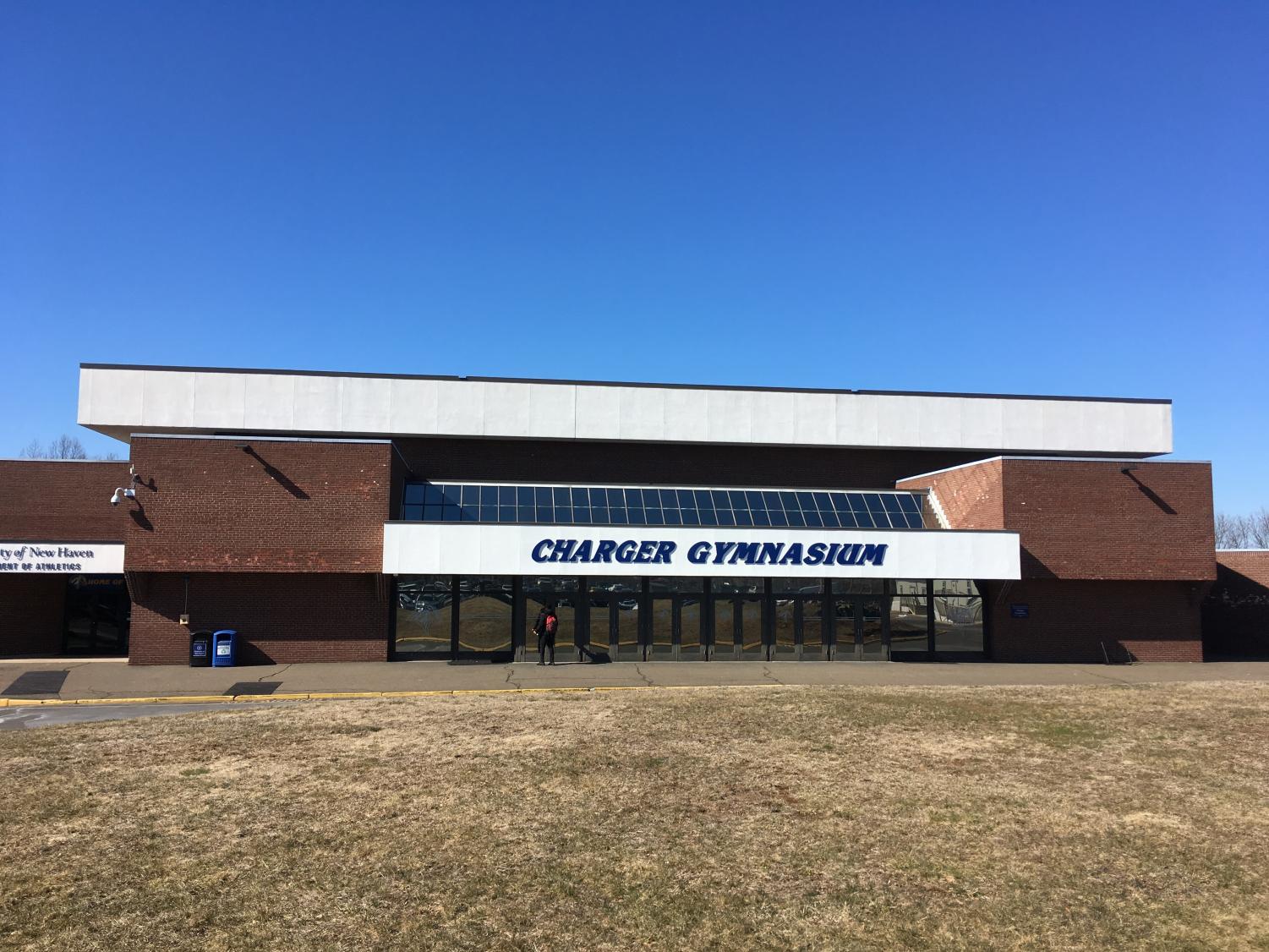The Money Behind Athletics and Where it Goes
March 28, 2018
With allegations surrounding the NCAA and Division I Athletics, we will take a look at how a Division II school handles their budget to avoid any allegations of their own.
If you want to know how the University of New Haven spends its money on athletics, the U.S. Department of Education’s Equity in Athletics Data Analysis has the numbers:
- Between July 1, 2016 to June 30, 2017 the university made $1,568,268 in revenue on the sport of football alone before expenses.
- In the same time frame, the university made $731,602 from men’s basketball and $618,176 from women’s basketball for a total of $1,349,77 in revenue before expenses.
- From July 1, 2016 to June 30,2017 the university spent a total of $224,829 on women’s sports while spending $276,311 on their male counter parts.
- In total, the university spent a total of $6,825,953 for all sports in the 2016-2017 academic year.
- In return, the university made $586,803 in profit after expenses from the Department of Athletics during the 2016-2017 academic year.
Football and basketball are considered “revenue sports” by the NCAA, but the school is still making money from the other sports as well. When you combine the total revenue of all sports excluding football and basketball, the school makes $2,767,427, for a total of $7,412,756 for all sports.
In addition to spending more money for men’s sports, the university spent more for recruiting male athletes. In that same time frame, the university allocated men’s sports $29,125 for recruiting, and only $21,266 for women’s sports recruiting for a grand total of $50,391.
Coaches are in charge of recruiting decisions, for which head coaches make, on average, $59,964 a year for men’s teams and $48,205 for women’s teams.
“I definitely do not feel as though there is equal funding across the board within our athletic department,” said women’s soccer senior Kelly Quigley. “I think with the new leadership we are headed in the right direction, such as ideas to build bigger locker rooms for all sports teams. However, all athletes should be given the resources to succeed in their sport (cleats, shoes, padding, sticks etc.), not just one or two programs, and this is where I feel as a former athlete we struggled getting equal treatment.”
The University of New Haven came in second in athletic profits compared to schools in the area. Yale University spent a total of $40,862,699 on athletics and brought in $41,603,825, giving them a profit of $741,126 per year. Southern Connecticut State spent a total of $7,796,610 and brought in a total of $7,796,610 in revenue giving them an even break.
College athletics may be be under scrutiny at the moment, with all the recruiting violations being revealed in Division I College basketball. For example after an investigation by the NCAA Louisville was forced to vacate their 2013 NCAA Championship along with 123 victories from 2012 to 2015 due to a member of their coaching staff providing prostitutes and strippers to players and recruits. Louisville also had to pay approximately $600,000 in penalties, and were forced to fire Head Coach Rick Pitino along with their Athletic Director Tom Jurich. Another violation that is being investigated is if top freshman Deandre Ayton was payed to play for the University of Arizona. The NCAA allegedly obtained FBI wiretaps that recorded Arizona Head Coach Sean Miller and a sports agent discussing a $100,000 payout to ensure Ayton signed with the Arizona.
College athletics is a big business that generates billions of dollars and the NCAA and member universities are all beneficiaries. In 2016 the NCAA raked in a record $1 billion in revenue on just March Madness alone. This revenue was generated through media rights fees, ticket sales, corporate sponsorships, and television advertisements over the three week tournament. This money is split amongst the conferences that participated and then is dished out based on how far teams advance in the tournament. According to Forbes the College Football Playoff brings the NCAA an approximate $600 million per year. That money is also dished out between all participating teams in both the playoff and the bowl games. Participating schools can earn up to $3 million along with all their revenue from the year.
New athletic director Chris Palmer has a plan to help build the athletic program through team fundraising and donations from alumni. He said he believes this also explains the discrepancies between monies allocated to men’s and women’s sports.
“All student athletes receive the generic packages and get the equal amount of supplies given to student athletes through the university,” said Palmer.
Said Palmer: “That’s really where Title IX comes in and where we try to be equal in the things that the university gives to the student athletes. What happens with the fundraising is a different story, because sports like football have 75-80 players, where women’s soccer has only 25 .”
Palmer said teams with more players have greater opportunity for fundraising.
Investing funds back into the university will be vital to the development of the program, and to the way the program is viewed when compared with competing schools.
“In our conference, a lot of the teams have new locker rooms, and we want to attract the same students here so we’re trying to upgrade our facilities,” said Palmer. To upgrade facilities, he said, “I have to go and raise some money to build a building, which will help us get better students and better athletes to come to campus here.”

